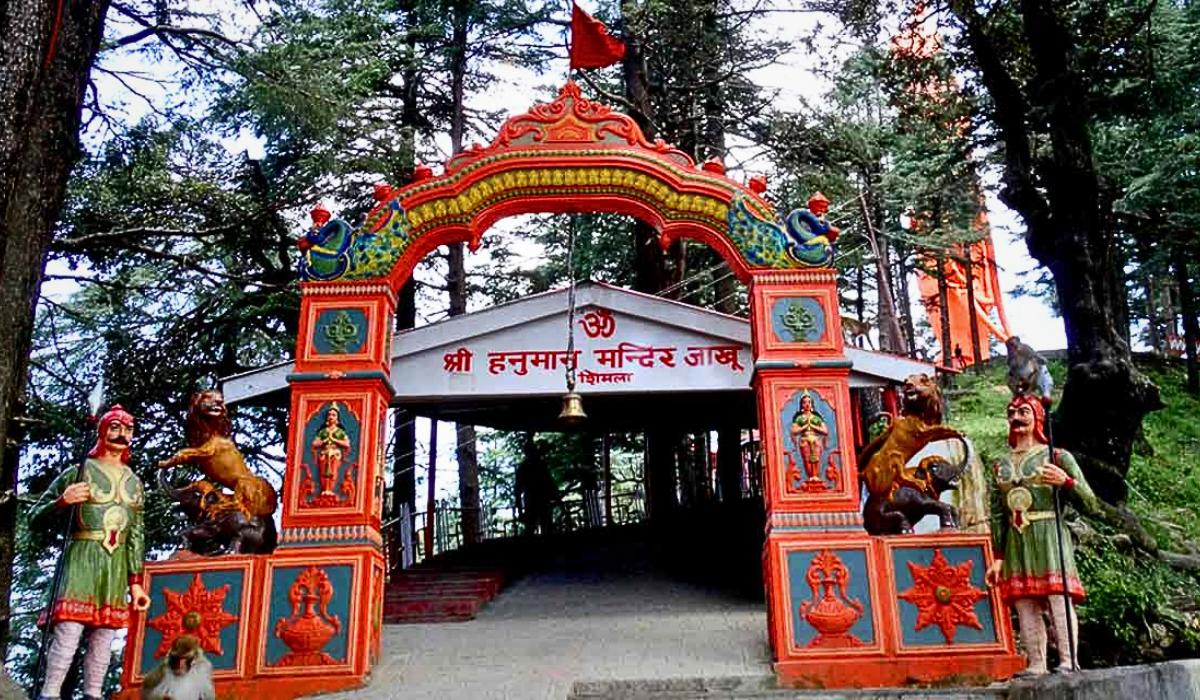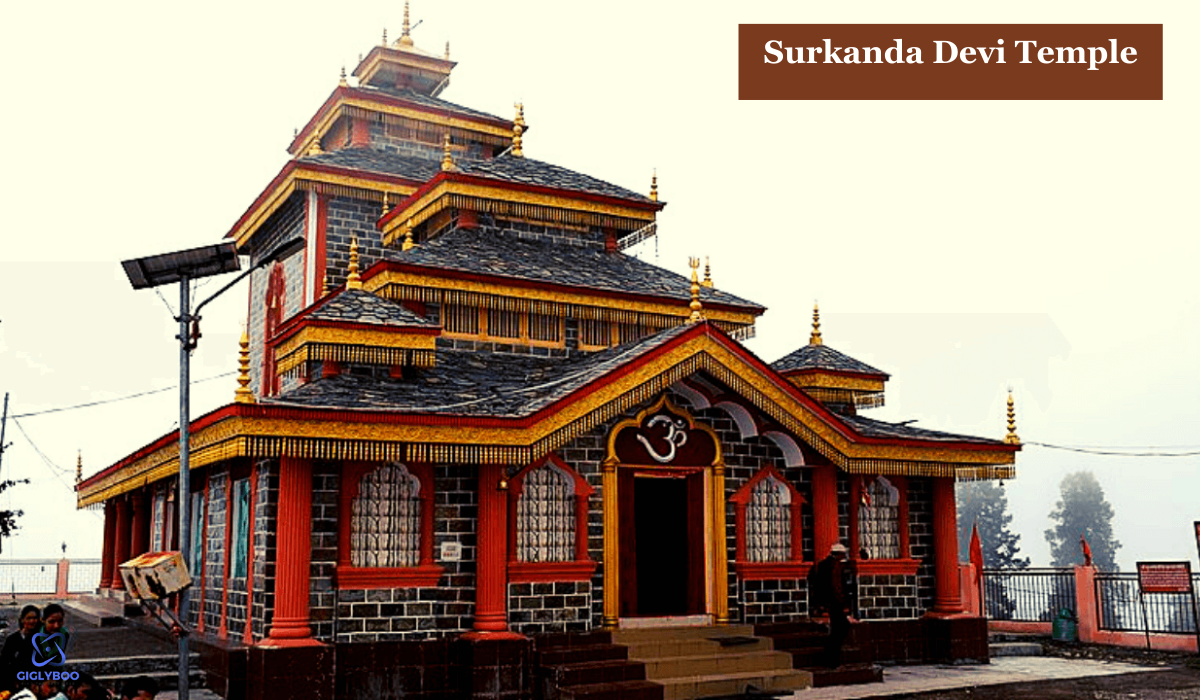
The construction of Ayodhya Ram Mandir stands as a monumental testament to unwavering faith and historical significance, weaving together centuries-old narratives of belief and heritage. This sacred temple reflects a convergence of religious devotion and a rich tapestry of cultural history.
Historical Background
Centuries ago, the Ayodhya Ram Mandir was erected on the site traditionally regarded as the birthplace of Lord Ram, a revered Hindu deity. In the 16th century, Mughal Emperor Babur demolished the temple, replacing it with a mosque. In 1992, Hindu nationalists demolished the Babri Masjid, triggering widespread violence and communal tensions.
Dispute Resolution and Construction
The Ayodhya dispute, a contentious issue in Indian politics, centered on the site’s ownership. In 2019, the Indian Supreme Court settled the matter, ruling in favor of constructing the Ram Janmabhoomi temple. The Shri Ram Janmabhoomi Teerth Kshetra, a trust established by the Indian government, oversaw the construction.
Architecture and Features
Designed in the Nagara architectural style, the Ayodhya Ram Mandir boasts towering spires made of pink sandstone across a 2.77-acre area. The temple complex includes smaller shrines dedicated to various Hindu deities, with a notable feature being the giant Shaligram stone symbolizing Lord Ram.
Significance for Hindus
Hindus consider the Ayodhya Ram Mandir a crucial pilgrimage site, representing the sacred birthplace of Lord Ram. The temple’s construction signifies a symbolic victory for the Hindu community, which had long advocated for its establishment.
Future Implications and Development
The temple is poised to play a vital role in Ayodhya’s development as a religious and cultural hub, creating job opportunities, stimulating economic growth, and attracting devotees from across the globe.
Janmabhoomi and Babri Mosque
“Janmabhoomi,” translating to “birthplace” in Sanskrit, holds a central place in the Ramayana’s narrative. The Babri Mosque’s construction during the Mughal period led to contention over Ayodhya’s Janmabhoomi.
Demolition of the Babri Mosque
The climax of the Ram Janmabhoomi movement occurred on December 6, 1992, with the violent demolition of the Babri Mosque. This event resulted in inter-communal riots and strained relations between India’s Hindu and Muslim communities.
Legal Battles and Supreme Court Verdict
Post the mosque’s demolition, legal battles ensued, culminating in the Supreme Court’s landmark 2019 verdict favoring the Ram temple’s construction and allocating separate land for a mosque.
Construction Details
Combining historical legacy and meticulous design, the Ram Mandir is planned to be the world’s third-largest Hindu shrine, accommodating over 70,000 visitors.
Temple Inauguration
The temple is set to inaugurate in January 2024, marking a significant milestone in Ayodhya’s cultural and religious history.
Conclusion
Ayodhya Ram Mandir stands as a testament to unwavering faith and historical significance within India’s cultural heritage. Rooted in centuries-old beliefs and marked by a turbulent past, its construction symbolizes a harmonious blend of religious devotion and cultural legacy, shaping Ayodhya’s future as a global center for spirituality and culture.






